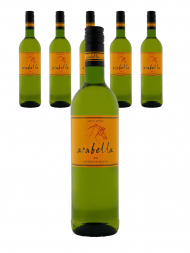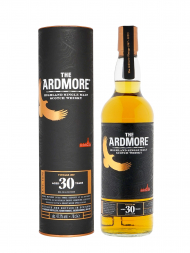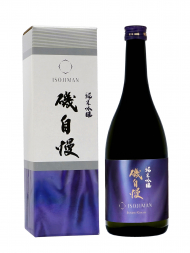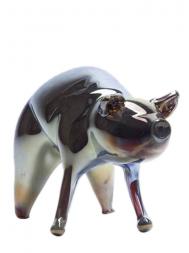Whiskey's Wave Keeps Rolling - story by Don Kavanagh...
"Too much of anything is bad, but too much good whiskey is barely enough."

Mark Twain wasn't just an author and raconteur, it turns out he was something of a prophet too; whether it's Irish or Scotch, Canadian or Japanese, Bourbon or rye, whiskey is undergoing an unprecedented growth spurt.
Ireland and the U.S. can't make the stuff fast enough, Scotland is in danger of being left behind and Japan has become an unlikely star. No longer is whiskey seen as the tipple of grizzled old men, but instead it's become the preferred drink of bearded hipsters and Wall Street warriors. It seems that an affluent generation of sophisticated drinkers are looking for quality and flavor, and whiskey provides both.
With a raft of whiskey styles being produced, it's hard to pin down the actual flavor that appeals so much. But it comes down to a combination of sweetness, spice and smoke, which all crop up regularly, no matter where the whiskey comes from.
The name whiskey, by the way, comes from an Anglicization of the Gaelic word uisce ("water"), which is pronounced "Ish-keh". It’s probably more familiar in its long form – uisce beatha, the water of life.
Whiskey facts:
Irish whiskey: Made in Ireland from barley. Triple distilled and usually a blend of pot-still spirits and lighter spirits from a continuous still. The taste is generally sweeter and less smoky than Scotch, and smoother and less sweet than Bourbon
|
|
||||
|
|
Categories
| All Categories | [71 posts] |
| General | [10 posts] |
| Life Style | [4 posts] |
| Wine & Liquor | [55 posts] |
Latest Posts
Welcome
Please confirm you are 18 years of age or older.
By entering this site you are agreeing to the Terms & Conditions.
Sorry!
You need to be at least 18 to visit our website.











